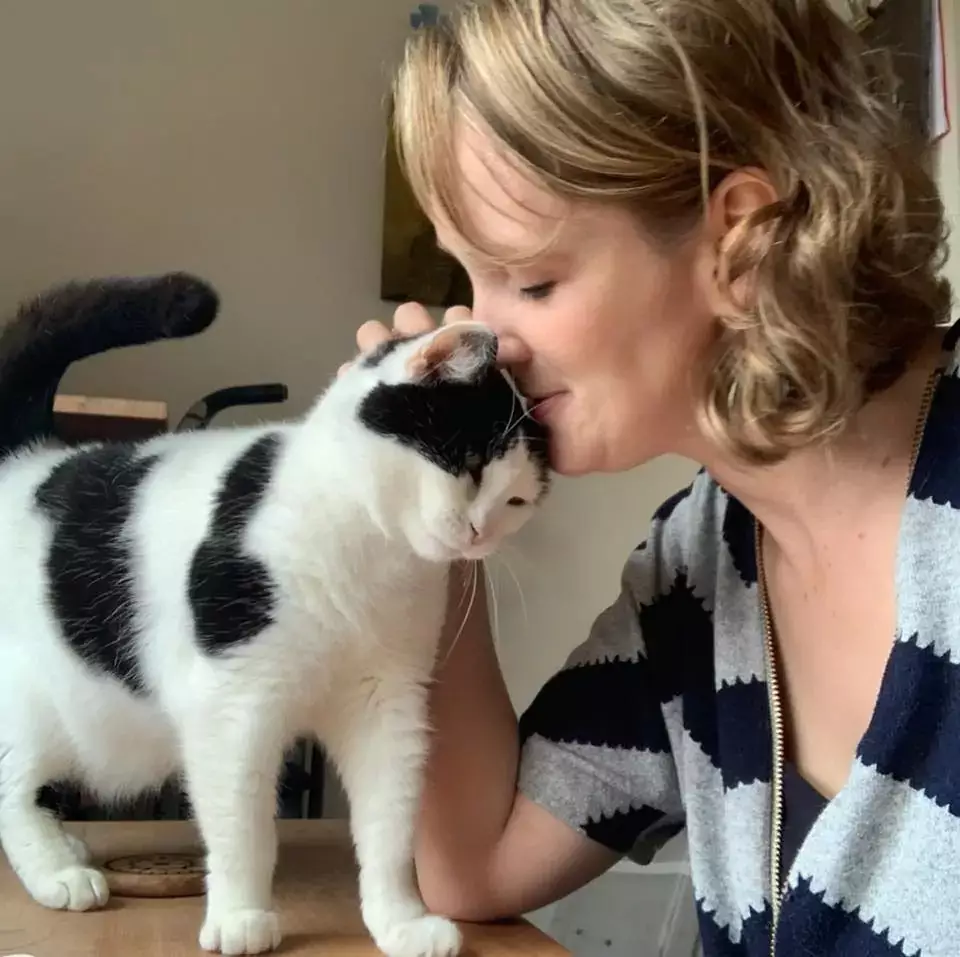Cats are often seen as the enigmatic companions of the animal kingdom. Their intriguing behaviors and distinct personalities can leave even the most seasoned pet owners scratching their heads. Unlike dogs, which are known for their overt displays of emotion and loyalty, cats communicate in subtler ways that demand a closer look. Understanding these signals can enrich the bond between a cat and its owner while fostering a happier, healthier home.
The Complexity of Feline Emotions
It is a common misconception that cats are entirely independent creatures who do not require emotional support or connection. In truth, they possess a wide spectrum of moods similar to humans. Recognizing the emotional landscape of your cat can significantly enhance your care for them. According to feline behaviorist Lucy Hoile, every change in a cat’s demeanor usually has a specific cause. For example, a cat that becomes less social or hides away may be attempting to cope with joint pain. Hoile emphasizes that behavioral changes serve as critical indicators of a cat’s well-being.
Dr. Scott Miller, a veterinary expert, further elaborates on this hidden emotional life. He explains that because cats are evolutionarily solitary hunters, they tend to conceal any vulnerabilities that might attract predators. This instinctual behavior often leads to owners overlooking signs of physical discomfort, such as joint stiffness. Shockingly, around 60% of cats over the age of six exhibit some level of joint deterioration, which can remain undiagnosed for years. Understanding these signs not only promotes better care but can also prevent long-term health issues.
Cats display a plethora of behaviors that can indicate their emotional states. For instance, chattering teeth is often a manifestation of frustration, especially when they spot potential prey just out of reach, such as a bird perched on a windowsill. This is not merely playful behavior; it signals an instinctual urge that remains strong even in domesticated cats.
Another common behavior is rubbing against their human companions. This act can carry dual meanings: it serves as a display of affection and a method to seek attention. Conversely, a cat’s continued staring can imply various emotions, from comfort and trust signaled by a slow blink to assertiveness or threat when maintaining eye contact. Alternatively, if your cat deliberately avoids eye contact, it may be an attempt to de-escalate a perceived conflict.
Physical cues also contribute to a cat’s emotional expression. For example, a cat’s ears can provide essential insight; ears that are alert and facing forward indicate curiosity or relaxation, while flattened ears suggest frustration or fear. Becoming familiar with these signs allows owners to better respond to their cat’s emotional needs.
Creating a comfortable environment for your furry companion can significantly impact their emotional health. Dr. Scott advises providing well-padded, easily accessible resting areas that allow cats to hide away when they need a break. In addition to a suitable environment, dietary supplements play an important role in maintaining joint health. Brands like YuMOVE offer specialized joint supplements that have proven beneficial for older or more physically challenged cats.
Dr. Miller highlights the positive experiences reported by pet owners after introducing YuMOVE into their cats’ diets. These supplements aim to enhance mobility, helping cats lead more active and fulfilling lives. For pets over the age of six, products such as YuMOVE Joint Care PLUS are specifically formulated to support joint structure and alleviate stiffness.
Enhancing Human-Cat Relationships
The significance of understanding a cat’s behavior cannot be overstated; it ultimately elevates the human-animal relationship. Lucy Hoile’s work as a behaviorist is centered on improving this vital connection, helping cat owners decipher their pets’ sometimes cryptic signals. The journey of understanding begins when owners recognize that their feline companions have innate needs and feelings that are often masked by their independent nature.
Decodings your cat’s behavior is not merely a matter of observation but an exercise in compassion and commitment to their well-being. By being attuned to their needs and emotions, you can significantly improve their quality of life. Understanding the messages your cat conveys through body language, vocalizations, and behavior will create a nurturing atmosphere that fulfills both owner and pet.
